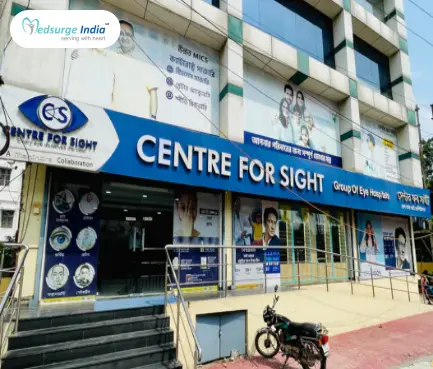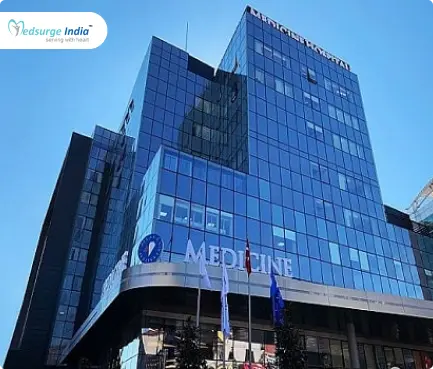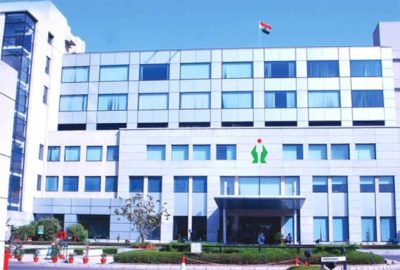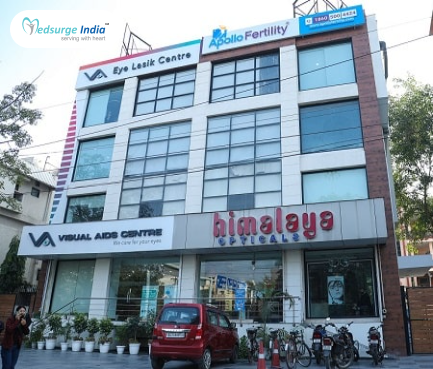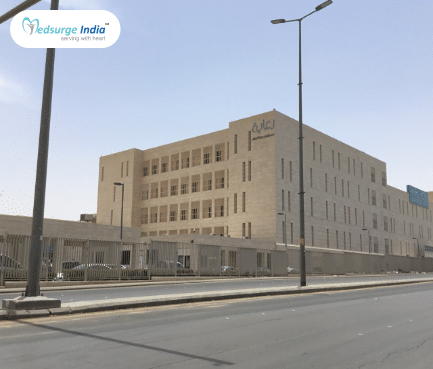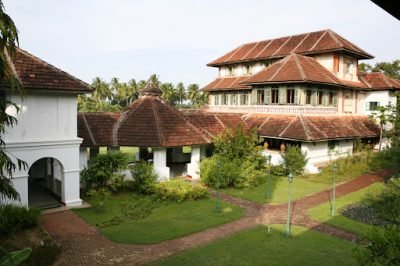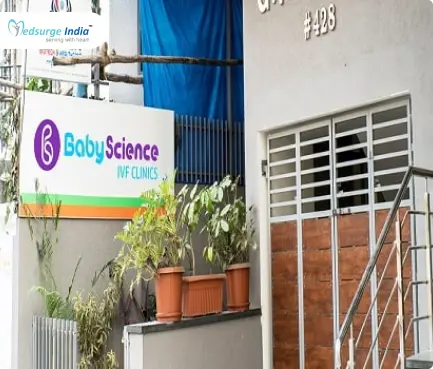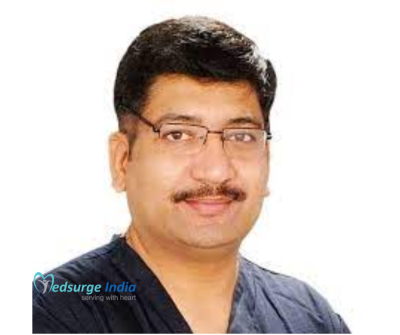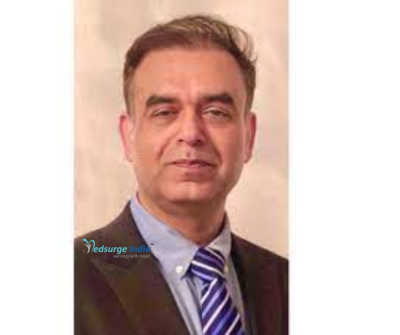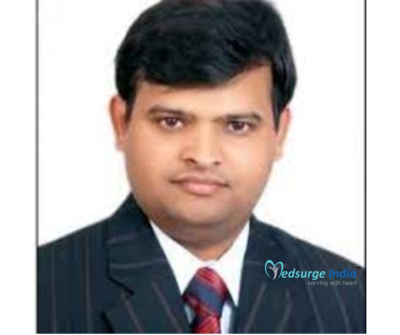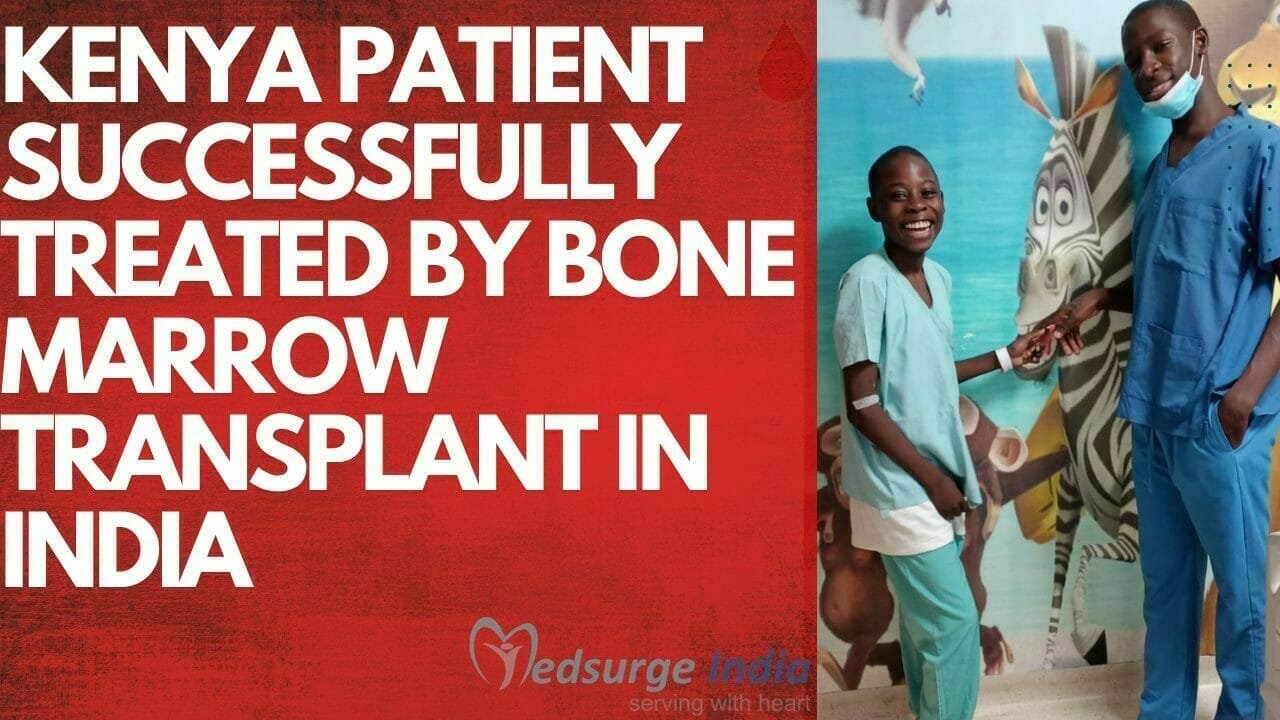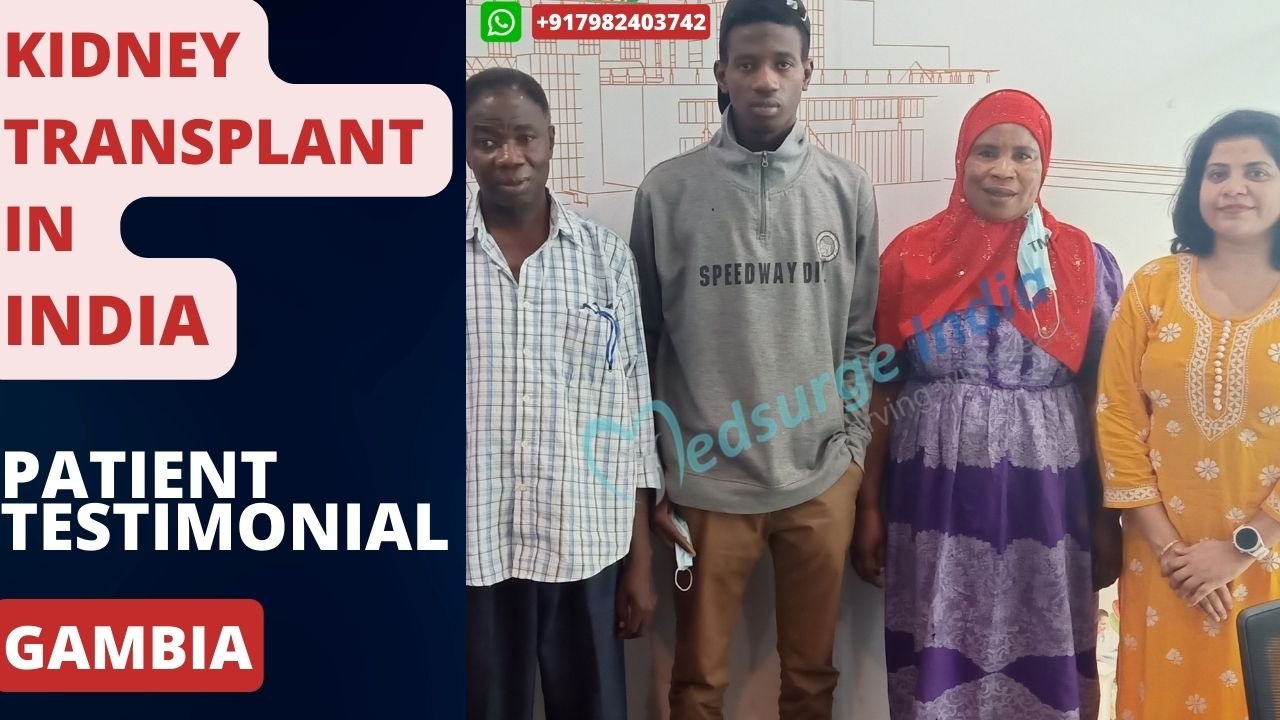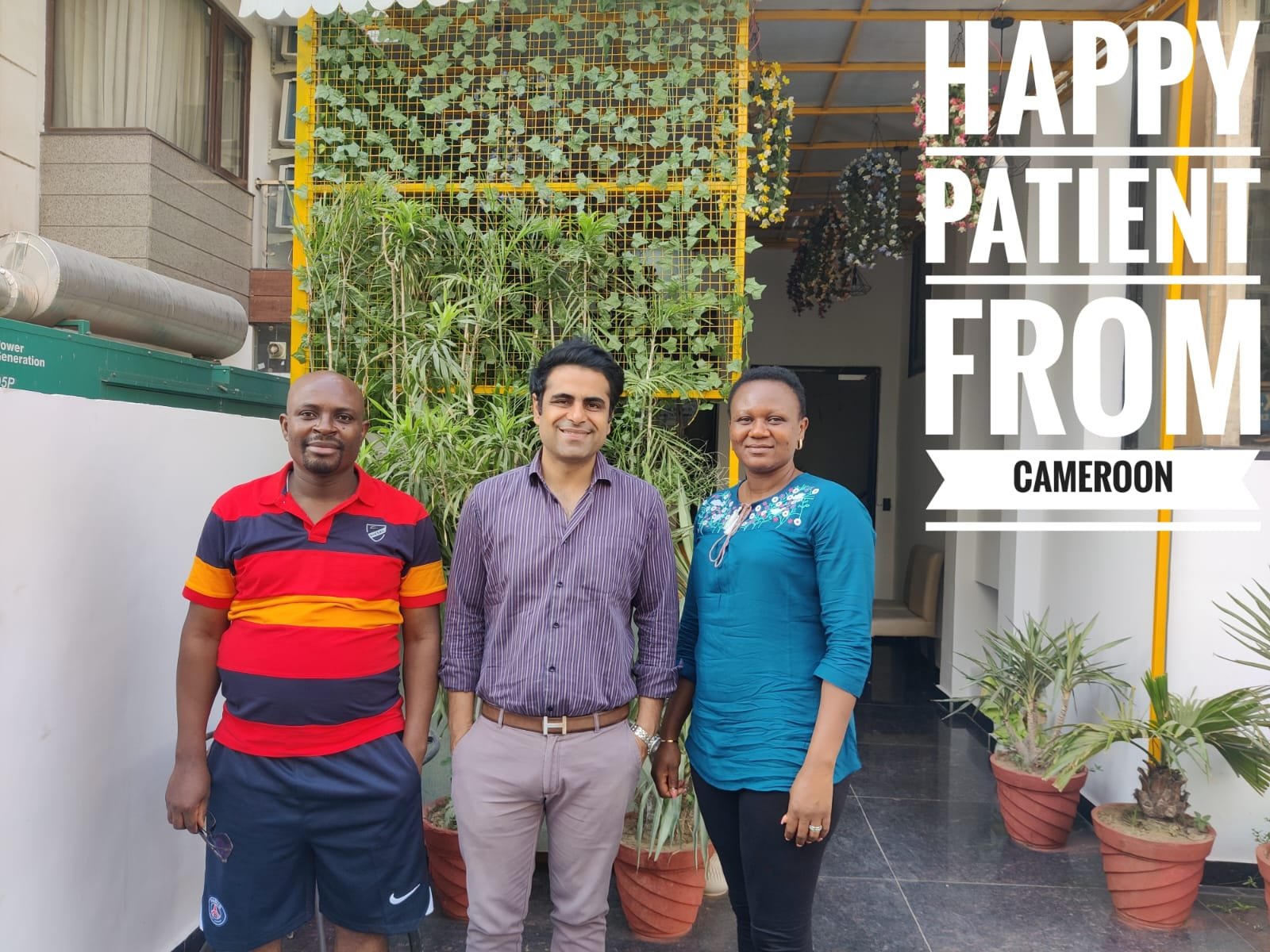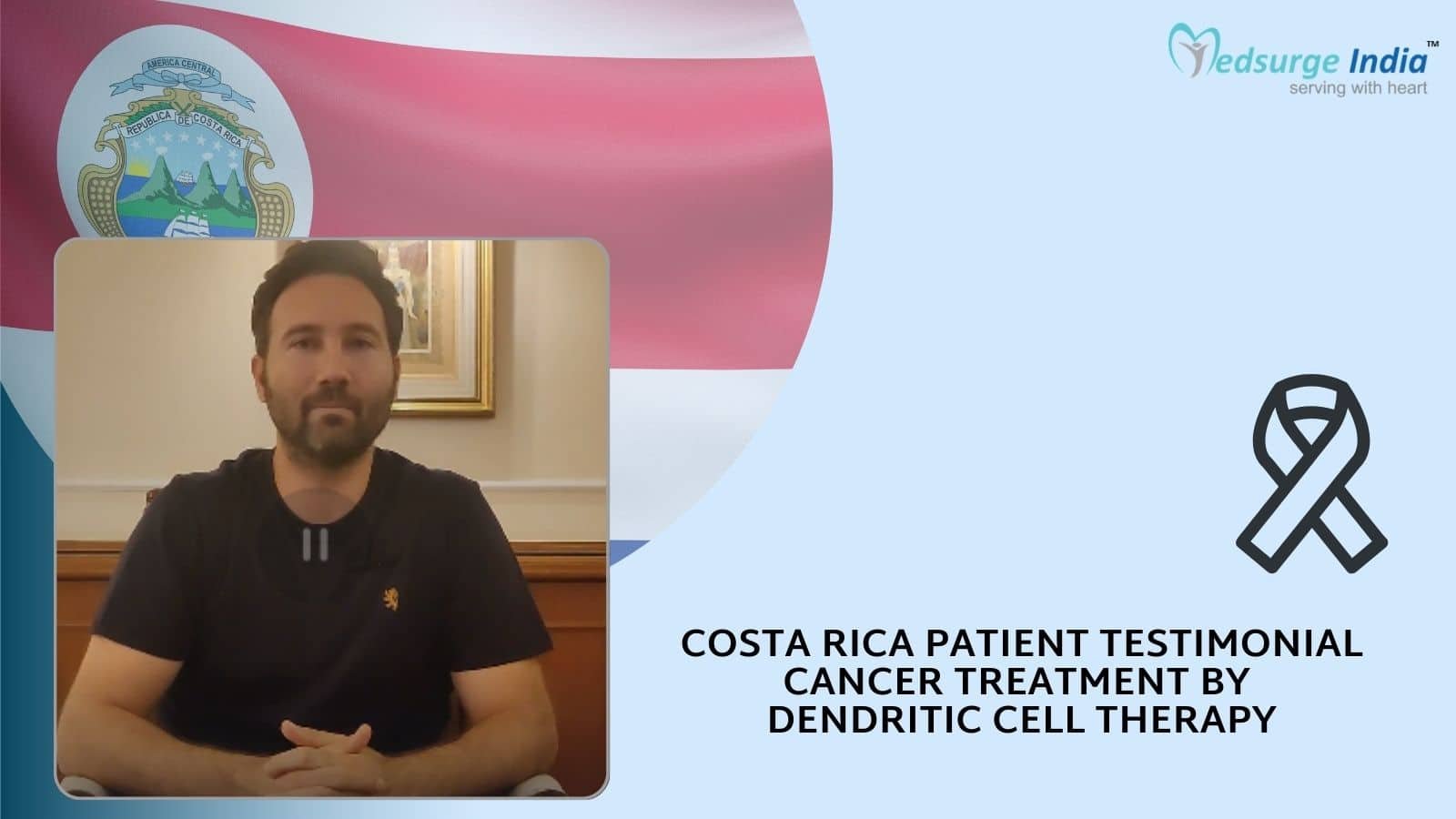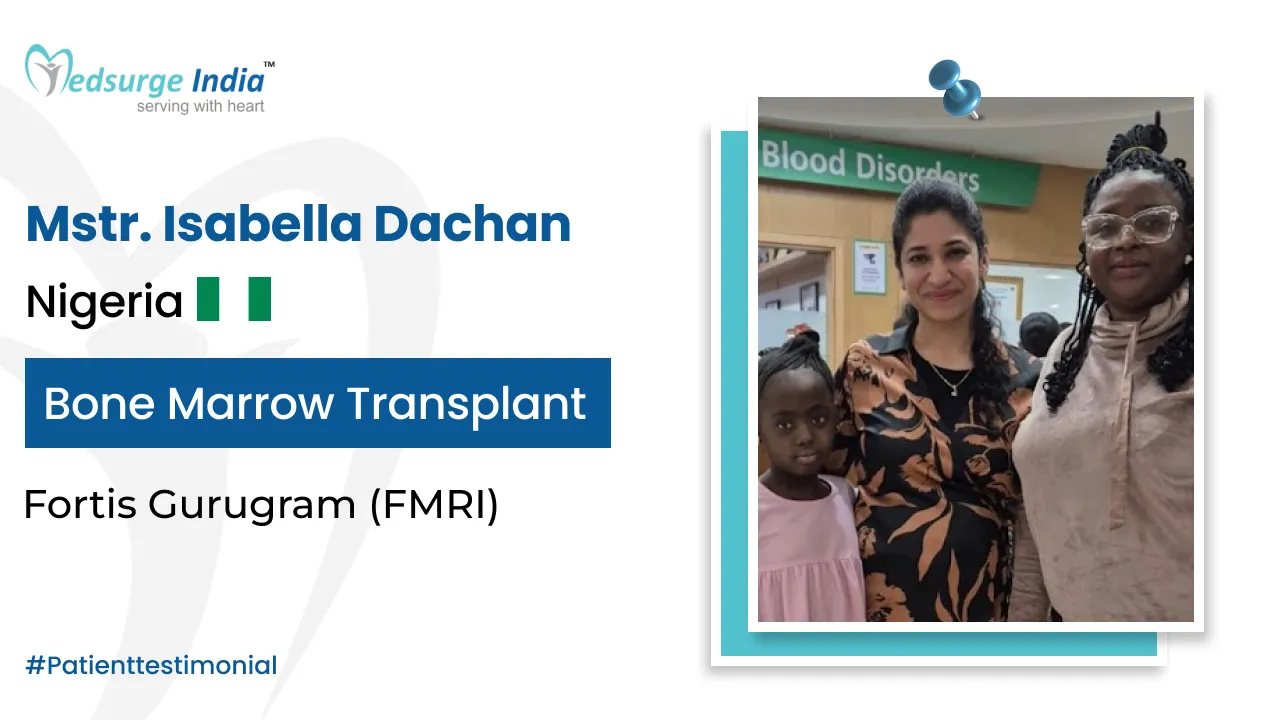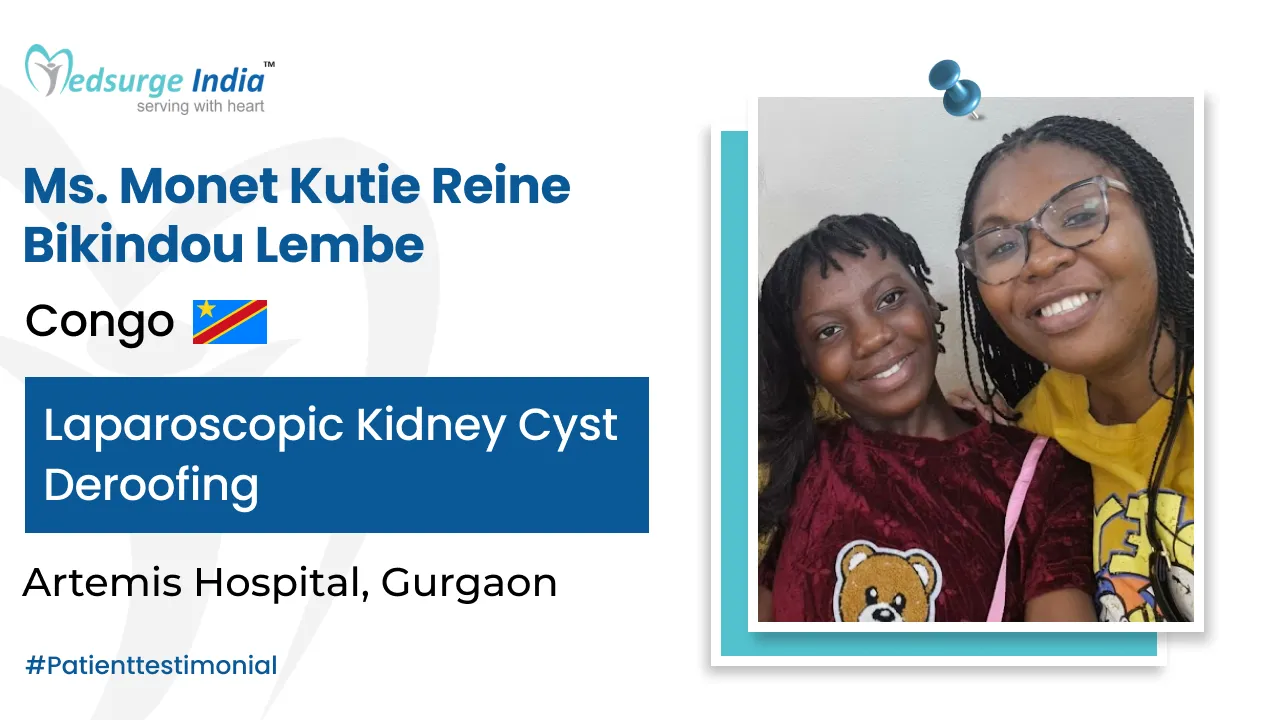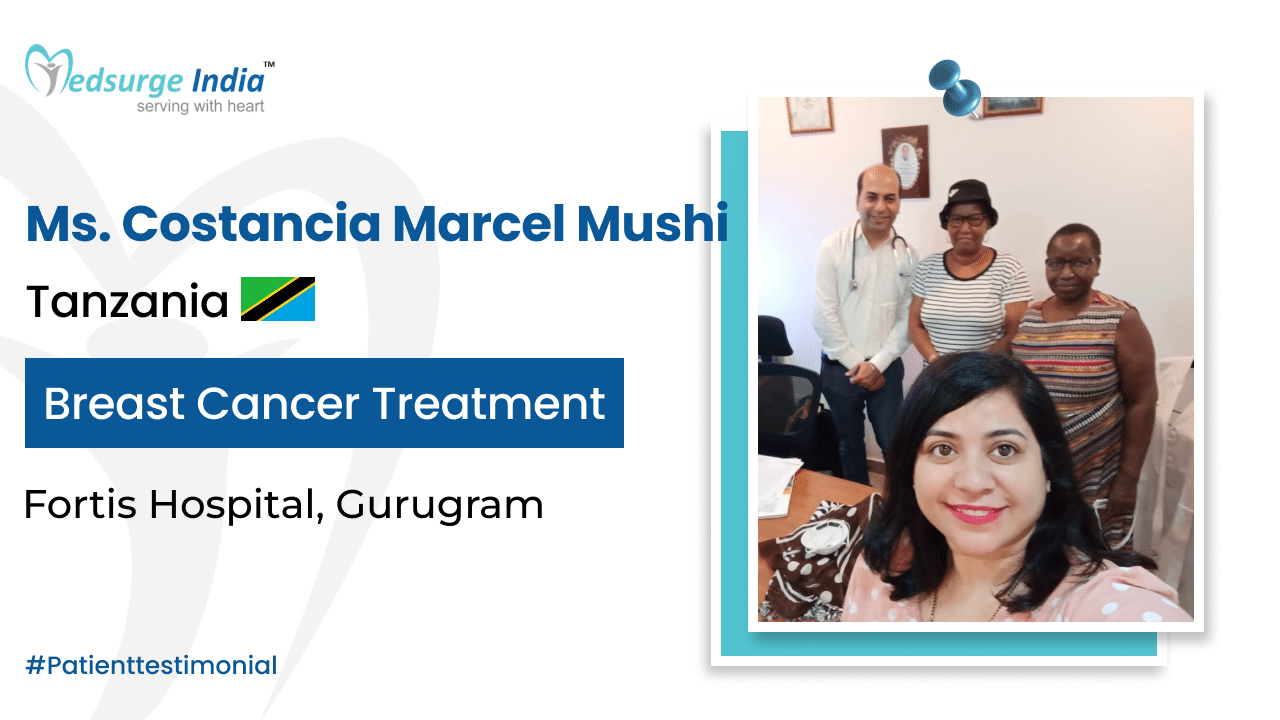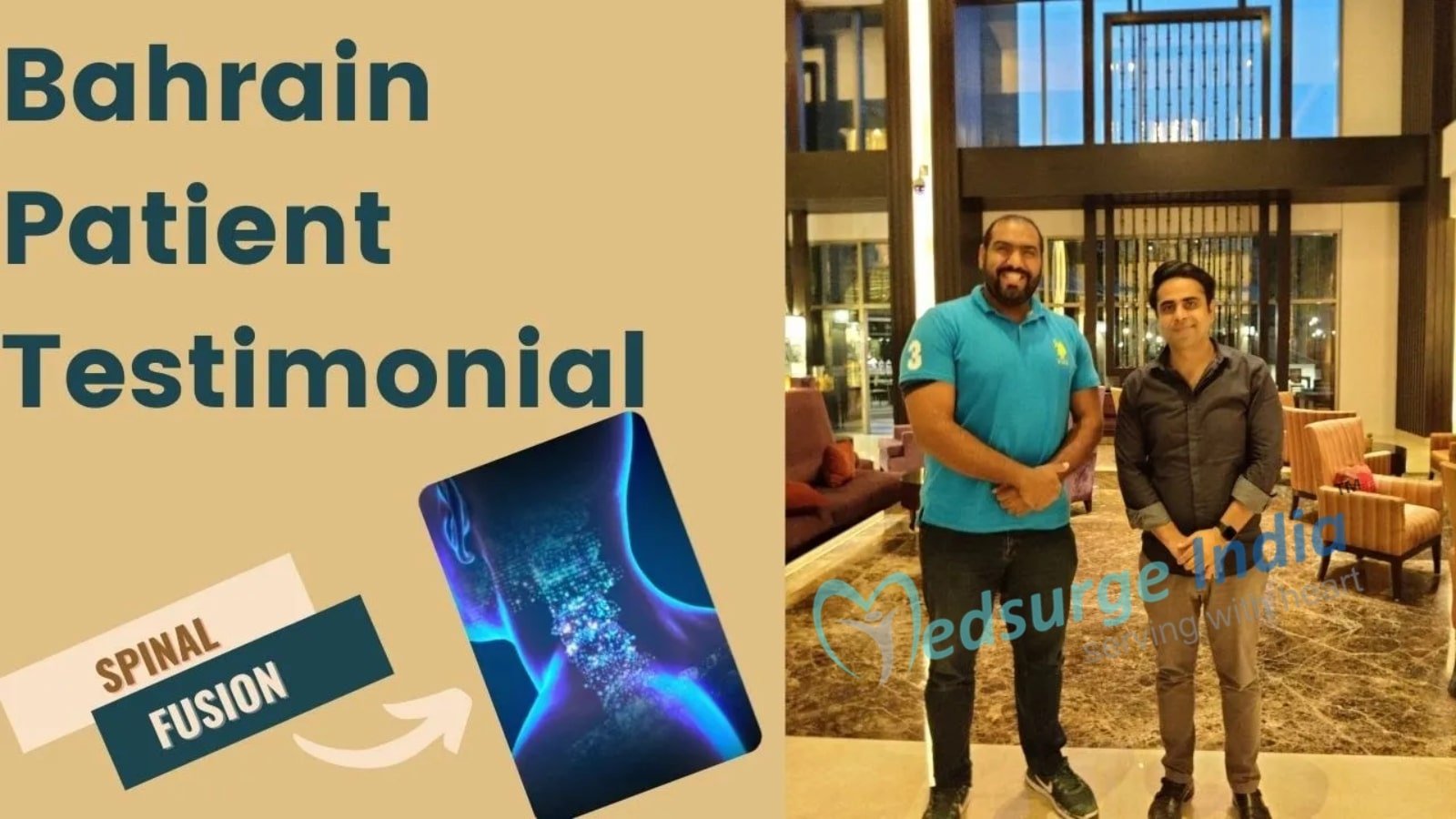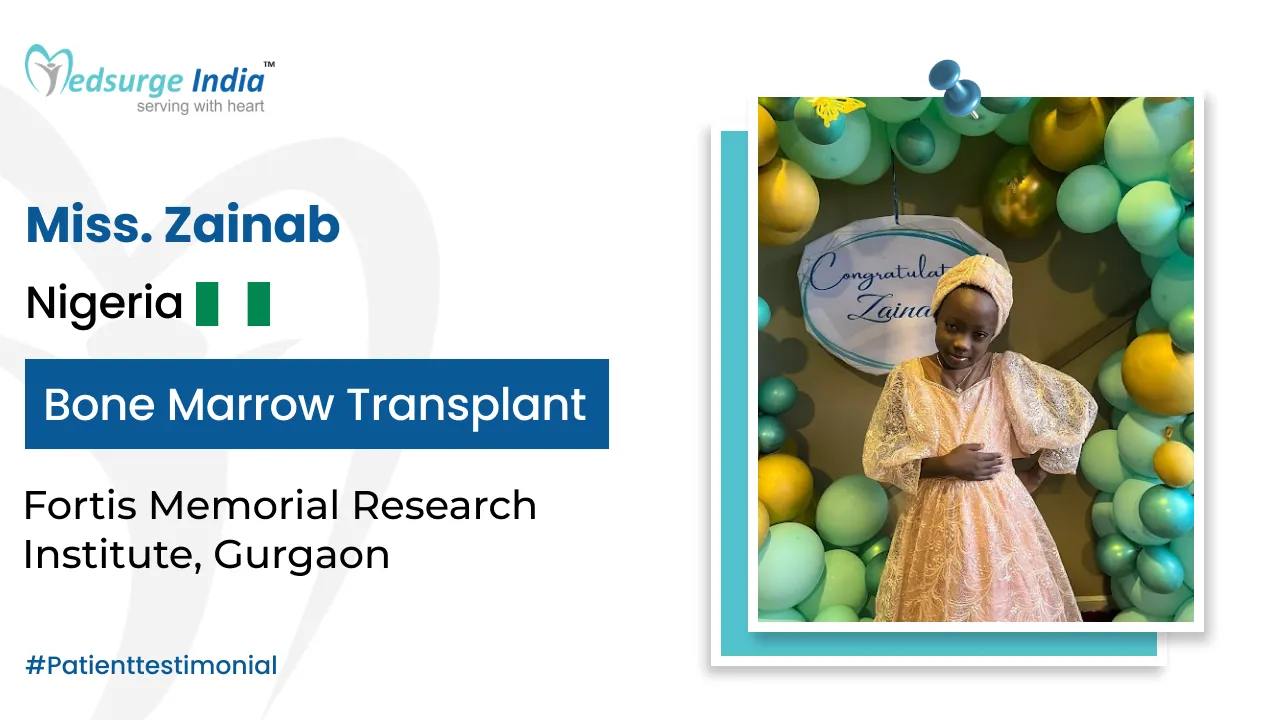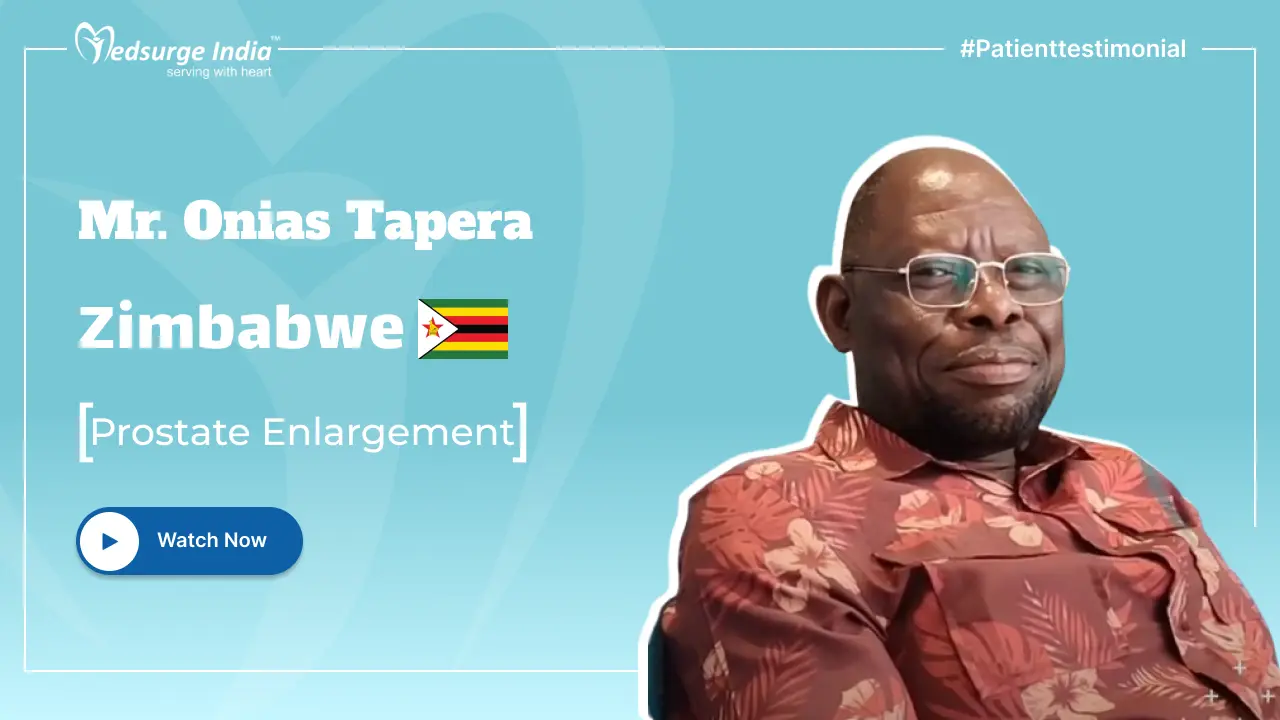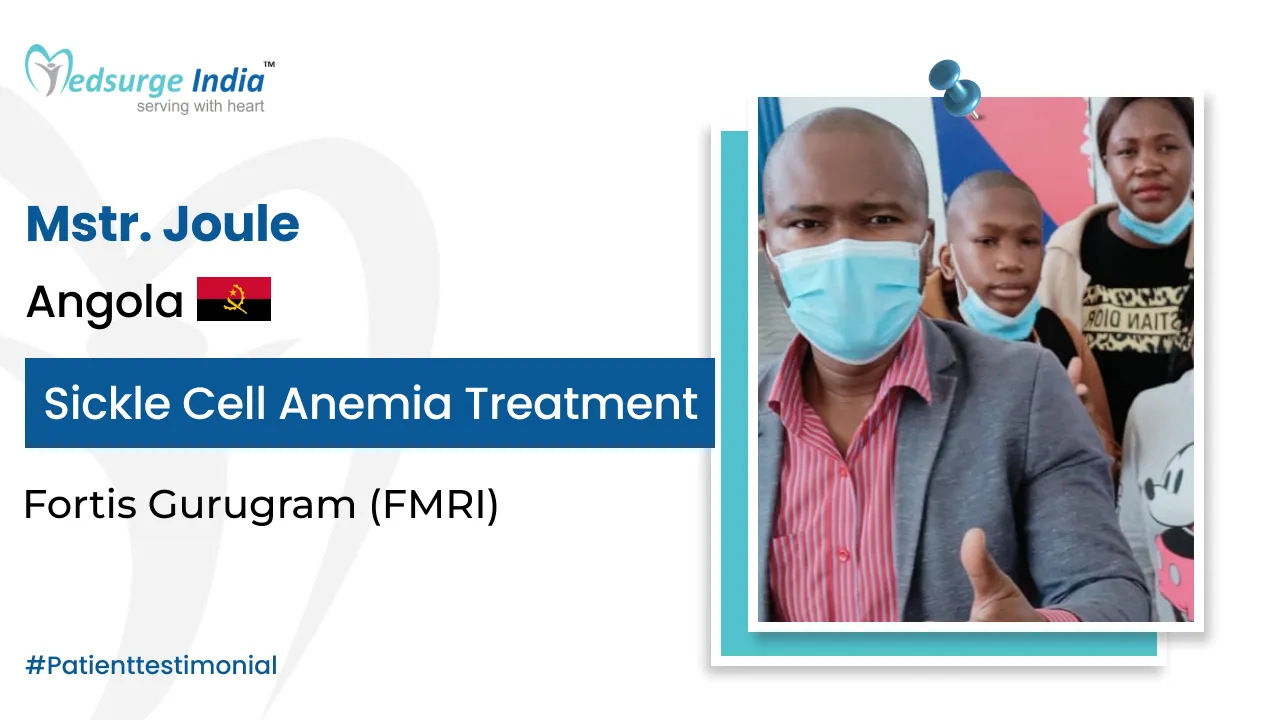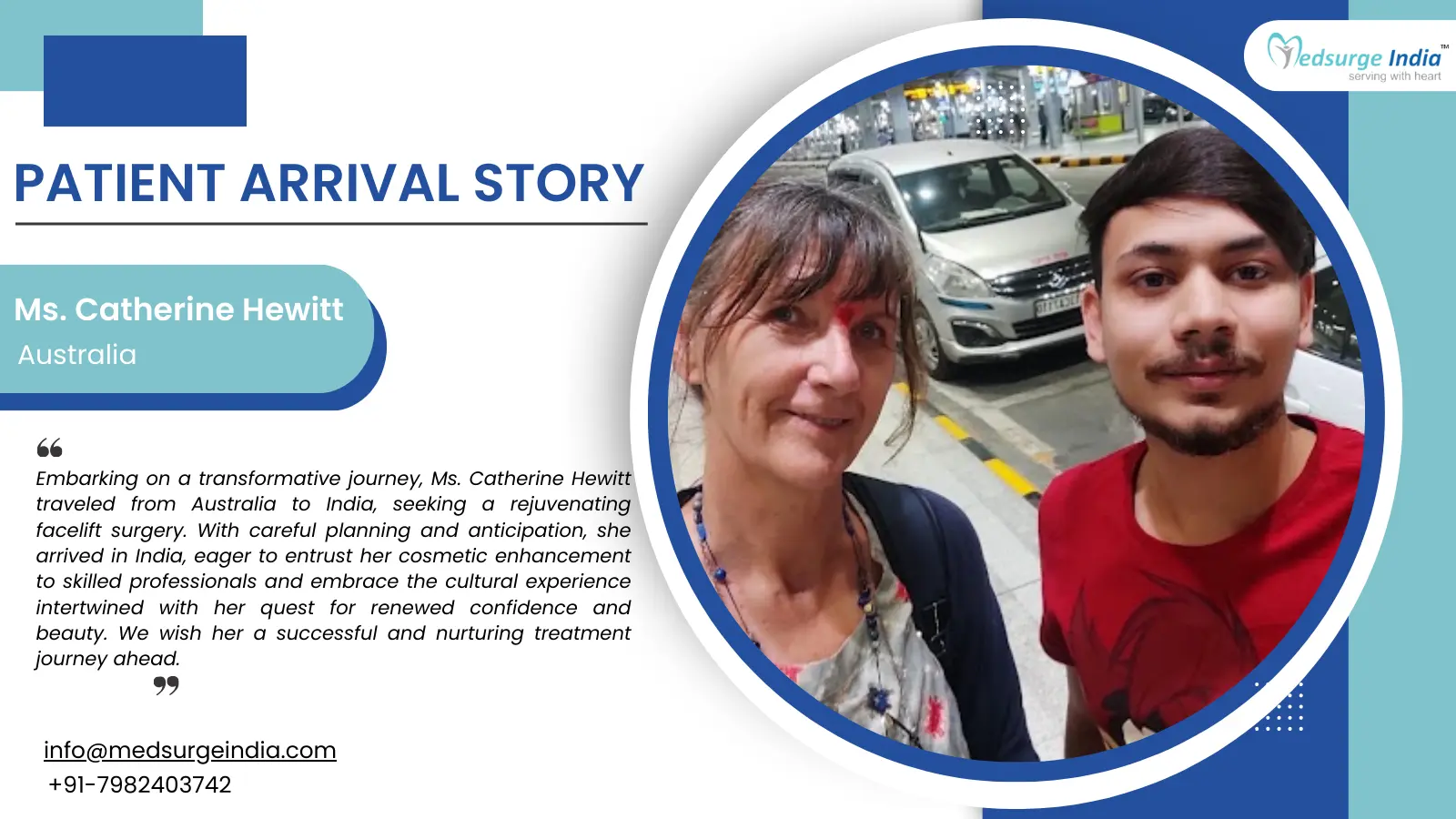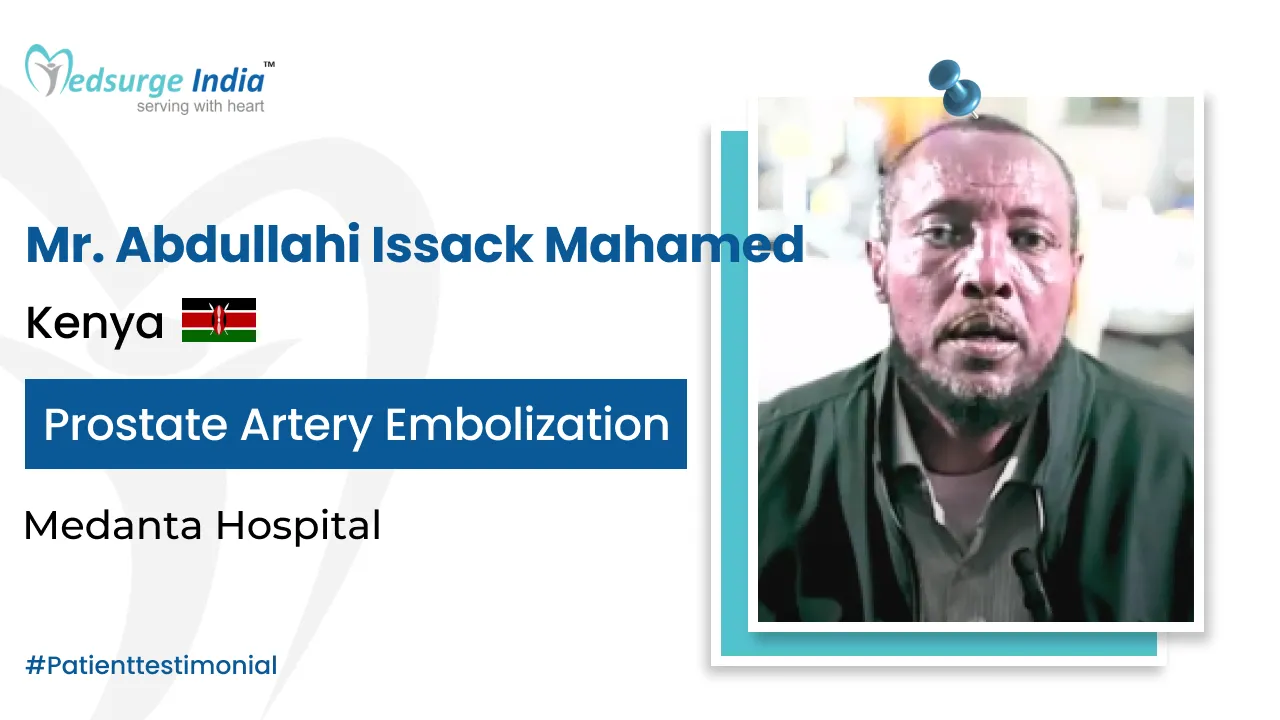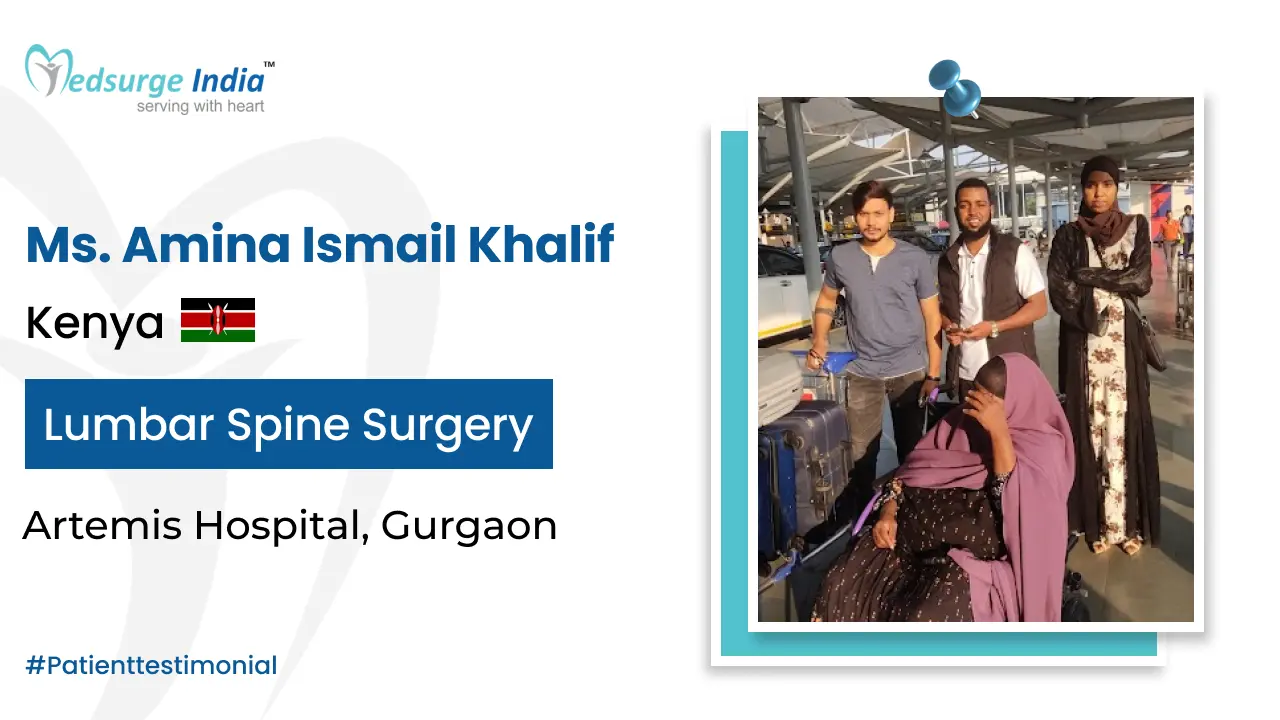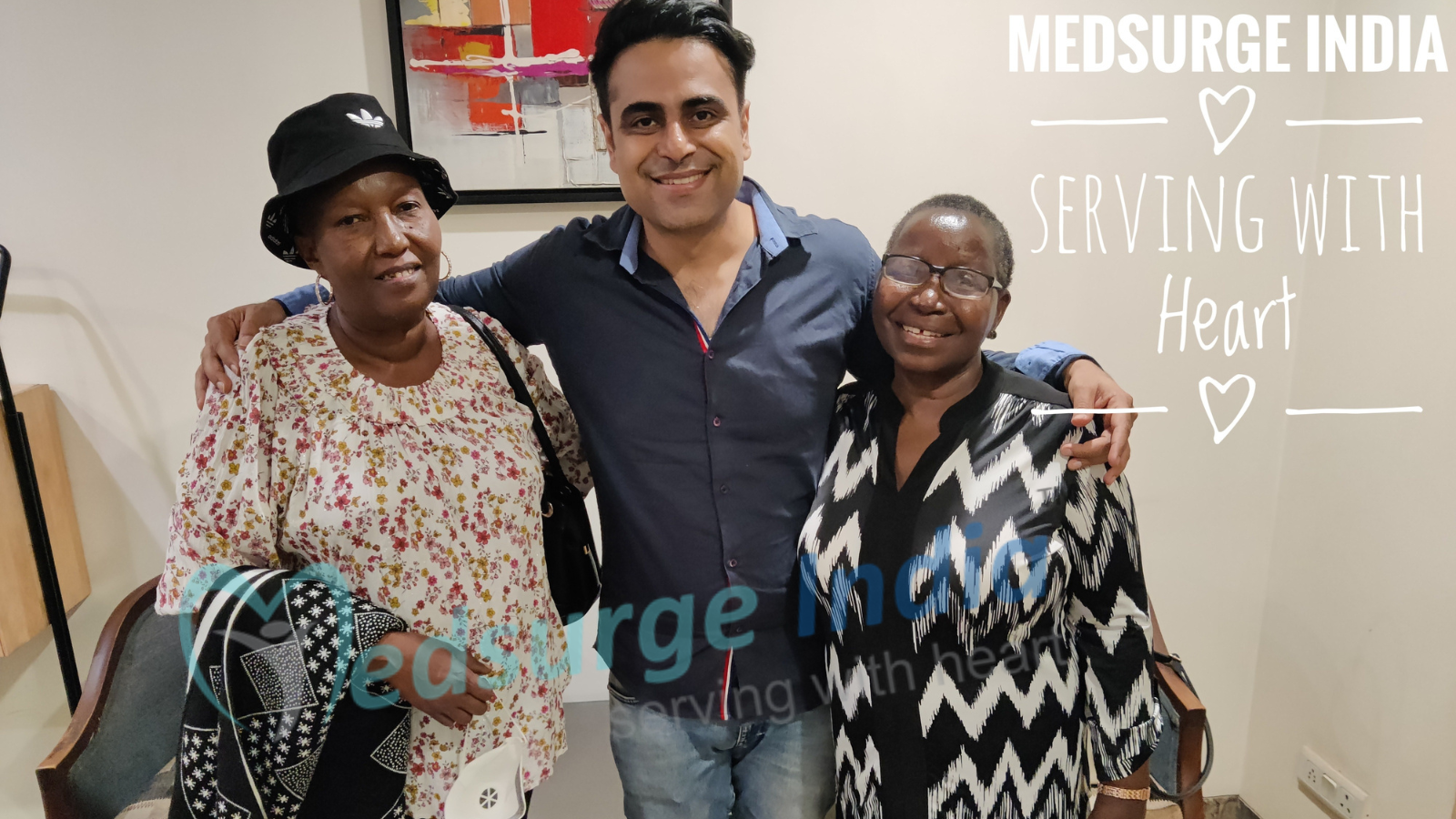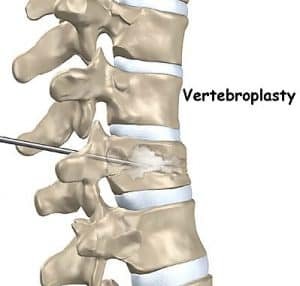
Vertebroplasty and Kyphoplasty are negligibly intrusive strategies used to treat vertebral pressure fractures (VCF) of the spine. These excruciating fractures can be caused by osteoporosis and other physical damages. If left untreated, they can convert into a bumped spine (kyphosis). By re-establishing the vertebra position with an inflatable balloon and then infusing bone-bonding material into the broken bone, patients can recover quickly and lessen the risks of any fracture.
Difference between Vertebroplasty and Kyphoplasty
Vertebroplasty and Kyphoplasty are similar practices. Both are performed via an empty needle that’s pierced through the skin to the broken vertebra. In vertebroplasty, bone-bonding (known as polymethylmethacrylate) is implanted via the empty needle to the bone that is broken. Back in Kyphoplasty, an inflatable balloon is embedded and swelled to expand the vertebra to its normal size prior to filling the area with the bone bond. The real fortified vertebra allows you to stand directly, reduces your own pain, and averts any devastating also cracks.
Recommended Video: How To Refill Baclofen Pump | Tricumed Pump
The right candidate for Vertebroplasty and Kyphoplasty
Vertebroplasty or Kyphoplasty Could be a treatment Choice for the next excruciating Subcutaneous pressure fractures from:
- Osteoporosis (exhaustion of calcium )
- A metastatic tumor (development distribute from one to a different area )
- Different myeloma (malignancy from the bone marrow)
- Vertebral hemangioma (ample vascular tumor)
Before Vertebroplasty and Kyphoplasty, the traditional treatment for your backbone used to length for a month and a half to test whether patients recovered independently, however today it is reliable that holding up does not solve the situation. Quite a few specialists are proposing vertebroplasty in a week following having a fracture for patients at the light of how the outcomes are basically better.
Diagnosis
The specialist will run a whole therapeutic history and physical examination. Diagnostic investigations (MRI, CT, bone outcome ) could be initiated to determine the spinal fracture. Your specialist will determine whether your backbone is “steady” or “temperamental” and will say treatment choices so.
Get Free Cost Estimation
Procedure
The backbone medical process can be carried out by a neurosurgeon, orthopedic specialist, or interventional neuroradiologist. Numerous spine specialists possess particular knowledge in an intrusive back medical procedure
Before the Procedure
- Particular pre-surgical evaluations (e.g., blood test, electrocardiogram, chest X-beam) are running a couple of days before a medical procedure. Your professional will discuss your curative background (sensitivities, pharmaceuticals/vitamins, draining background, anesthesia answers, past medical processes, and so on.). You should stop taking all non-steroidal medications weeks prior to your healthcare procedure.
- Patients are admitted to the hospital in the early hours of the process. No food or beverage is permitted from a night ahead of the medical process. An intravenous (IV) is injected in the arm.
During the Procedure
- The patient is put back on the surgery table and can be sedated. Once done, the patient has put to place the belly together with the chest and sides preserved by cushions. Contingent upon the region of the spine (cervical, thoracic, or lumbar) in which the fractured vertebra can be located, your neck or back is going to be cleaned and ready.
- Analgesic is infused in the area in which a small, half-inch skin cut is made over the bone that is broken. With the support of a fluoroscope (an outstanding X-beam system ), two enormous diameter needles are inserted into the vertebral body via the pedicles. The fluoroscopy display enables the expert to determine exactly where the cables are located and how far they’re embedded. The needles are improved through the bone using a twisting motion along with a tapping hammer.
- In the event the vertebra is basically wedge-molded, the expert will feature inflatable balloons throughout the needles to the vertebra. To embed the inflatable balloon, then the pro first employs a tool to create a working station. The specialist blows the balloon up, increasing the vertebra back into its normal position. The balloon is dropped and pulled back, leaving a space enclosing the vertebra. This methodology is named Kyphoplasty.
- Bone bonding substance is slowly infused under pressure, filling the deepest one, to begin with. The needle is then hauled back to slightly fill the very best areas. The weight and measure of the bail infused are checking carefully to keep up a strategic space from spillage to other areas.
- The needles have been pulled back before the bond solidifies. The cut left in the skin is closed with steri-strips. The patient isn’t moved from the surgery table before the bond has solidified.
After the Procedure
Following the operation, when the patient is in the recovery mode, the heartbeat, pulse, and breathing rate are assessed. After an hour or so so the patient could sit. After 2 hours that the patient may walk and stand. Most patients stay in the nursing center for vigilance and are discharged the next day. A couple of patients could be discharged on the exact same day.
- Post-surgery, the patient feels pain for which narcotic medication is recommended.
- Relax for the initial 24 hours after the surgery. Slowly and gradually come back to your ordinary exercises. An exercising program might be recommended by the specialist.
- Keep the wound covered and dry for 24 hours. Afterward, you may shower, gently pat dry the steri-strips that covers the wound. Do not soak in a bathtub.
- If your temperature surpasses 101 °F or if there are any hints of some disease, for example, redness, swelling, pain, or seepage or find trouble in strolling or issues related to the gut or bladder, call the doctor.
Risk Factors
No medical procedure is risk-free. Difficulties in treating vertebral pressure fractures are below 2 percent, and 5 to 10 percent in the treatment of tumors. The corresponding is specific risks that should be considered:
- Bone cement leakage: There’s a small plausibility that bone concrete may spill into surrounding tissues that are delicate. This can similarly occur when the needle is expelled in the vertebra. The bond can spill to the veins surrounding the vertebra. This may result in nerve pain (radiculopathy) and might require to encourage therapy.
- Nerve damage: Any action on the backbone communicates the threat of damaging your spinal nerves, which may result in paralysis.
Cost of Treatment for Vertebroplasty and Kyphoplasty
These factors that determine the cost of Entailed in Vertebroplasty and Kyphoplasty are:
- The hospital that patient chooses for his/her treatment
- Fees for the visiting specialist
- Cost of medicines
- Cost of tests and diagnostic procedures
- Cost of surgery
- Cost of follow-up care
Top Hospitals for Vertebroplasty and Kyphoplasty in India
Top Doctors for Spine Surgery
Dr. Vidyadhara S.
HOD
Experience: 21 Years of experience
Manipal Hospital (Old Airport Road) Bangalore
Bangalore, India
Dr. H. S. Chhabra
Chief of Spine and Rehabilitation Centre
Experience: 32 Years
Sri Balaji Action Medical Institute, Delhi
Delhi, India
Dr. Rajagopalan Krishnan
Senior Consultant
Experience: 35 years of experience
Indraprastha Apollo Hospital, New Delhi
New Delhi, India
Dr. Saransh Gupta
Consultant
Experience: 17 Years
Indian Spinal Injuries Center, New Delhi
New Delhi, India
Dr. Sajan K Hegde
Senior Consultant
Experience: 34 years of experience
Apollo Hospitals, Greams Road, Chennai
Chennai, India
Dr. Neeraj Gupta
Consultant
Experience: 20 Years
Indian Spinal Injuries Center, New Delhi
New Delhi, India
Dr. Vikas Tandon
Senior Consultant
Experience: 23 Years
Indian Spinal Injuries Center, New Delhi
New Delhi, India
Dr. Ankur Nanda
Senior Consultant
Experience: 20 Years
Indian Spinal Injuries Center, New Delhi
New Delhi, India
Dr. Vineesh Mathur
Director , MBBS, MS, DNB
Experience: 28+ years of experience
Medanta - The Medicity, Gurgaon
Gurgaon, India
Dr. Gururaj M
Senior Consultant
Experience: 15 Years
Indian Spinal Injuries Center, New Delhi
New Delhi, India

